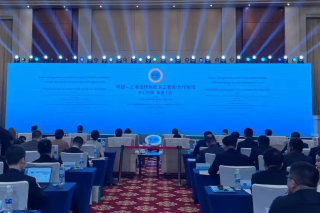A century-old connection: Beijiang Museum
As China and France celebrate 60 years of diplomatic relations, Beijiang Museum, located on Machang Avenue in Tianjin's Hexi district, stands out as a compelling destination for visitors.
Established in 1914 by French archaeologist and naturalist Emile Licent, the museum is recognized as the predecessor of the Tianjin Natural History Museum.
For contributor Perrine Schouteden, a French native who has lived in Tianjin for 12 years, Beijiang Museum is more than just a "living fossil" of Chinese museums; it represents a lasting symbol of the friendship between China and France.
Here, she shares her reflections from her first visit to this historic site.
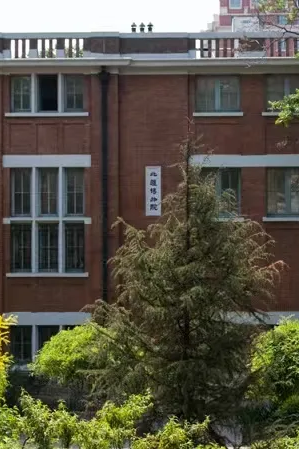
A treasure trove of natural wonders
Stepping into the museum feels like entering an ancient forest. The exhibits include an impressive array of animal, plant, paleontological, and mineral specimens, as well as historical and ethnographic artifacts.
Beyond its exhibits, the museum's preservation and design leave a lasting impression. Despite enduring more than a century, the building remains remarkably well-preserved thanks to dedicated conservation efforts. It still features its original fixtures, including meticulously designed display cabinets, maintenance ladders, drainage systems, and sealed windows—all crafted under Emile Licent's guidance. Every brick, tile, and screw tells a story, making the museum itself a historical artifact.
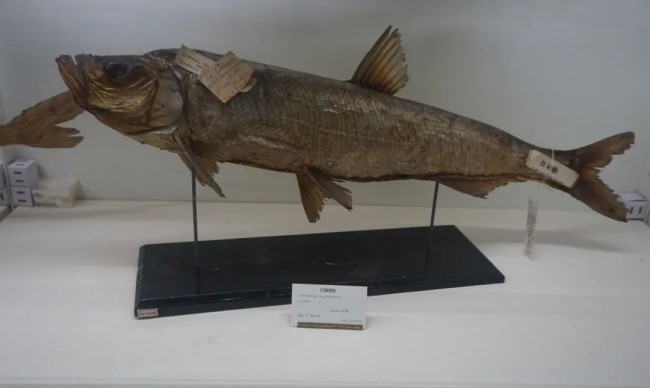
The true significance of the Beijiang Museum lies not only in its collection of over 200,000 specimens or its groundbreaking scientific achievements but also in the profound humanistic spirit it embodies.
Emile Licent: A pioneer of science and friendship
The museum's founder, Emile Licent, was an extraordinary archaeologist and scientist. Between 1914 and 1938, he conducted extensive fieldwork across northern China, traveling over 50,000 kilometers. His explorations and discoveries gave the Beijiang Museum its name, meaning "Museum of the Northern Frontier."
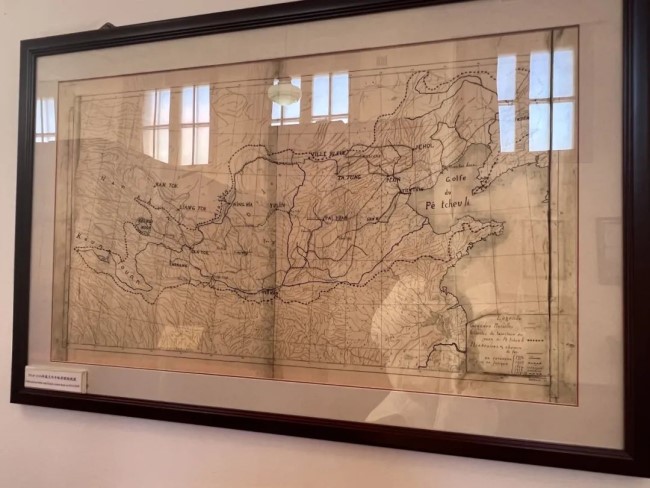
Licent's unwavering commitment to scientific exploration was matched by his selflessness. He once wrote that people might struggle to imagine his motivations: collecting plants not for medicine, animal skins not for clothing, and insects not for profit. His ultimate goal, he said, was to foster education.
Licent's deep integration into Chinese society and his contributions to the country explain why he was warmly welcomed and deeply respected by the Chinese people. Through the Beijiang Museum, he built a lasting bridge of friendship between China and France, contributing immensely to cultural and scientific exchanges between the two nations.
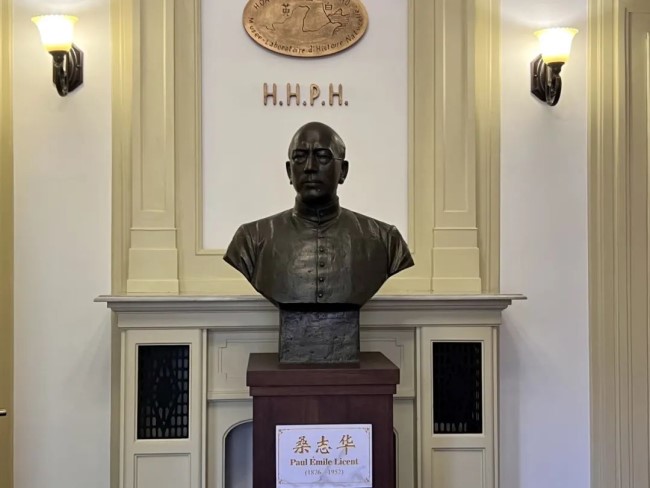
Today, the Beijiang Museum stands as a testament to the enduring partnership between China and France. It embodies shared values of exploration, preservation, and mutual understanding, continuing to inspire generations to cherish the beauty of cultural and scientific collaboration.

Copyright ©
Tianjin Municipal Government. All rights reserved. Presented by China Daily.
京ICP备13028878号-35


